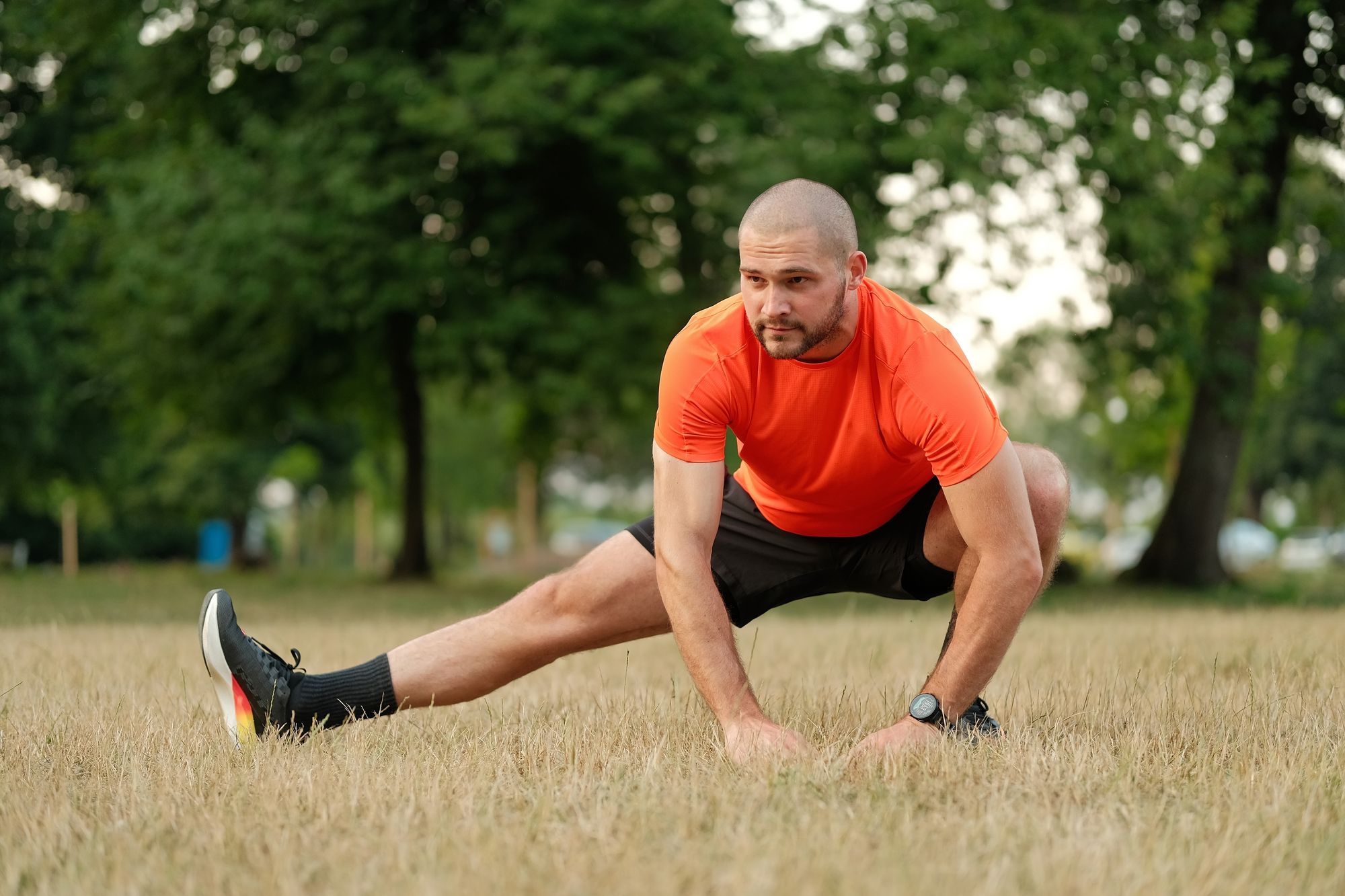When your goal is to shed excess body fat, it's crucial to adopt a combination of safe, effective, and healthy habits. While spot reduction is not possible, you can burn fat throughout your body, which includes targeting stubborn belly fat. Furthermore, reducing unhealthy body fat, especially visceral fat, will contribute to an overall healthier lifestyle. In this article, we've got you covered on the fitness front with insights from Tyler Read, a seasoned personal trainer with 15 years of experience and the founder of PTPioneer.com. He shares a comprehensive weekly workout that is specifically designed to promote faster abdominal fat loss.
If you're unsure where to start with your belly fat-loss journey, pay attention to Read's advice. He explains, "The workout program outlined here takes a comprehensive approach to belly fat loss, addressing various methods to tone your midsection. This includes harnessing the benefits of high-intensity interval training (HIIT) and aerobic exercises for calorie burning, incorporating strength training to boost metabolism through increased muscle mass, and engaging in core training to enhance the appearance of your midsection while burning fat." Slimming down and toning your abs doesn't have to feel like a tedious task, as long as you establish the right habits and make necessary adjustments to your current routine. Read is here to jumpstart and accelerate the fat-burning process with the following regimen, which encompasses high-intensity interval training, strength training, cardio, core exercises, circuit training, and rest days. Continue reading to discover the number one weekly workout for faster abdominal fat loss.
Day 1: High-Intensity Interval Training (HIIT)

Start your weekly fitness routine with a high-intensity interval training (HIIT) session. Begin with a dynamic warm-up, and then move on to exercises like mountain climbers, high knees, burpees, and plank jacks. Perform each exercise at maximum effort for a short duration, followed by a brief rest period. This form of training is effective for abdominal fat loss because it elevates your heart rate, increases calorie burn, and promotes fat oxidation. The intense bursts of activity combined with short recovery periods help to stimulate your metabolism and overall fat reduction, including in the abdominal area.
Day 2: Strength Training

Dedicate this day to strength training exercises that target multiple muscle groups. Incorporate compound movements such as lunges, squats, push-ups, deadlifts, and rows. Focus on proper form and gradually increase the resistance or weight as you progress. Strength training helps to build lean muscle mass, which not only boosts your metabolism but also contributes to overall fat loss. Additionally, as you develop more muscle definition, your abdominal muscles will become more visible as you lose belly fat.
Day 3: Cardiovascular Exercise

On day three, engage in cardiovascular exercises that get your heart rate up and challenge your endurance. Choose activities like running, cycling, swimming, or using the elliptical machine. Aim for a moderate intensity level that allows you to sustain the exercise for an extended period. While these exercises may not directly target the abdominal region, they contribute to overall calorie expenditure and fat loss throughout the body, including the belly. Consistency is key to creating a caloric deficit and achieving your fat loss goals.
Day 4: Core Exercises

Focus on strengthening your core muscles with a variety of exercises that target different areas of your midsection. Include exercises such as Russian twists, planks, side planks, leg raises, bicycle crunches, and reverse crunches. These exercises help to improve core stability, enhance posture, and develop abdominal strength. While spot reduction is not possible, a strong core contributes to a toned and defined midsection as you continue to burn fat.
Day 5: Rest or Active Recovery

Give your body time to recover and repair by taking a day of rest. Rest is crucial for preventing overtraining, muscle fatigue, and injuries. Use this day to relax, engage in light stretching, or focus on activities that promote active recovery such as yoga or gentle walking. Alternatively, you can incorporate low-impact activities like swimming or cycling to support blood circulation and muscle recovery without adding excessive stress.
Day 6: Circuit Training

Introduce circuit training to your routine on day six. Design a circuit that includes a combination of resistance exercises and cardiovascular activities. For example, perform exercises like kettlebell swings, jumping jacks, push presses, medicine ball slams, and mountain climbers in a sequence, moving from one exercise to the next with minimal rest. Circuit training provides a full-body workout, combining strength training and cardiovascular benefits. It helps to increase calorie burn, improve cardiovascular fitness, and further strengthen your abdominal muscles.
Day 7: Rest

On the final day of the week, prioritize complete rest to allow your body to recover fully. Rest is essential for muscle repair, growth, and overall recovery. Take this day to relax, engage in activities that promote stress reduction such as meditation or deep breathing exercises, and ensure you are getting adequate sleep. Embrace this day of rest to recharge and prepare for another week of effective workouts.

